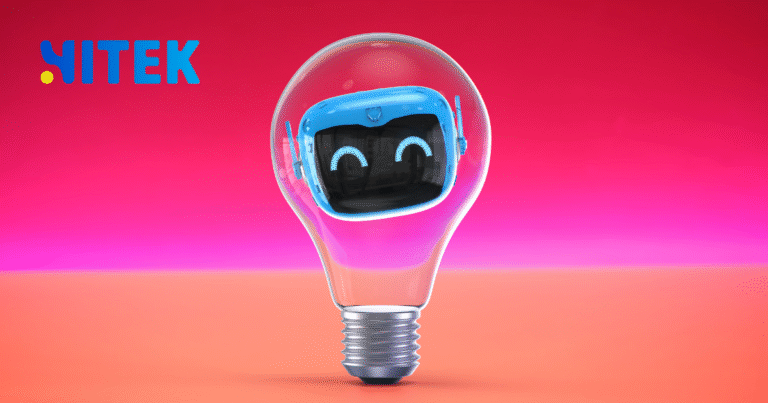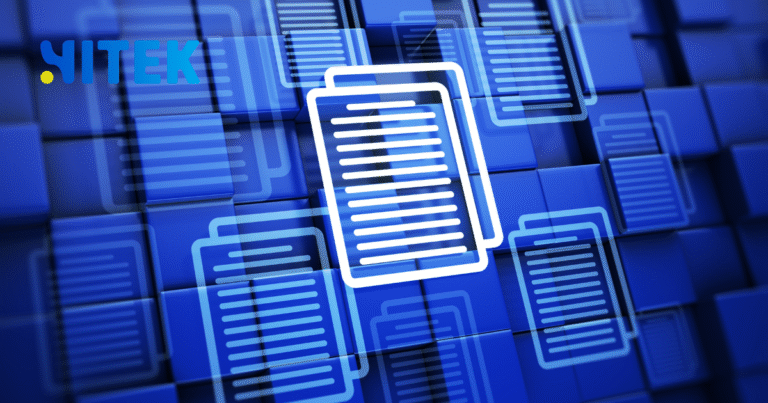Contents
ToggleThe Unrivalled Champion of Clarity
In the intricate world of IT infrastructure, cloud architecture, and software design, a clear diagram isn’t just helpful—it’s essential. It’s the universal language that translates complex systems into something a team can build, troubleshoot, and scale. For years, this clarity came with a steep price tag, locked inside expensive, bloated software. Then came Draw.io, a quiet disruptor that redefined the entire category by offering a world-class experience for the unbeatable price of free.
This isn’t just another tool; it’s a paradigm shift. For Australian IT managers, startup founders, and systems architects, Draw.io has become the go-to solution for visualising the digital backbone of their operations. It proves that powerful software doesn’t need to cost a fortune. Let’s explore what makes it the best free system diagramming tool on the market.
Where Did Draw.io Come From?
Unlike many modern apps born in Silicon Valley, Draw.io’s origins are refreshingly pragmatic. It’s an open-source project that prioritises function over flair, developed to integrate seamlessly with the platforms teams already use. Its initial and continued deep integration with Google Drive and Confluence made it an instant hit in environments that rely on collaboration.
Acquired by the technology giant JGraph in 2020, the tool gained the backing and resources of a major player in diagramming technology without losing its core identity: a free, accessible, and powerful tool for everyone. This move solidified its future, ensuring ongoing development and stability that many open-source projects lack.
A Feature Set That Rivals Paid Alternatives
Don’t let the price fool you. Draw.io’s capabilities stand shoulder to shoulder with subscription-based giants like Lucidchart and Microsoft Visio.
- An Extensive Library of Shapes: From basic flowcharts to particular AWS and Azure icons, GCP, and Cisco network diagrams, the built-in libraries are vast. You can model an entire cloud infrastructure or map a complex organisational process without ever needing to create a custom shape.
- Intuitive Interface: The canvas is clean and uncluttered. The learning curve is almost non-existent; if you can drag, drop, and connect shapes, you can use Draw.io. This accessibility enables you to get new team members contributing to diagrams quickly.
- Flexible Deployment: This is a key advantage. You can use Draw.io directly in your browser without any installation, or opt for the offline desktop versions for Windows, Mac, and Linux. For organisations concerned with data sovereignty—a significant consideration for Australian businesses—the ability to host the app on your own internal servers is a huge win for security and compliance.
- Deep Integrations: The magic of Draw.io is how it lives where you work. The Draw.io for Confluence app allows you to embed and edit diagrams directly within your Confluence pages. The Draw.io for Google Drive integration means every diagram is automatically saved to your Drive, complete with version history.
Draw.io vs. The Paid Competition: How Does It Really Stack Up?
How does a free tool truly compare to the established, paid offerings? This table breaks it down.
| Feature | Draw.io | Lucidchart | Microsoft Visio |
|---|---|---|---|
| Cost | Free (with paid Pro tier for extra features) | Paid Subscription | Paid Subscription (part of Microsoft 365) |
| Ease of Use | Excellent, low learning curve | Excellent | Good, can feel complex |
| Key Strength | Price, open-source, flexibility | Collaboration, templates | Enterprise integration, familiarity |
| Integrations | Native with Confluence, Jira, and Google Drive | Wide range, including MS Office | Deepest with Microsoft 365 |
| Best For | Teams want a powerful, free tool that integrates with Atlassian/Google ecosystems. | Teams prioritising real-time collaboration and a broad SaaS integration suite. | Large enterprises are already fully invested in the Microsoft ecosystem. |
For most Australian teams, particularly those using Atlassian products like Jira and Confluence, Draw.io isn’t just the most cost-effective choice—it’s the most logical one.
Why Australian Tech Teams Are Choosing Draw.io
The local tech scene is pragmatic and driven by value. Draw.io resonates deeply here.
- Cost-Effectiveness: In a climate where every dollar counts, allocating a hefty annual subscription fee for a diagramming tool is hard to justify when a free alternative is this capable. This frees up budget for other critical resources.
- Security and Data Sovereignty: The option to self-host the app on Australian servers addresses data privacy concerns head-on, ensuring sensitive system architecture diagrams remain within local jurisdiction.
- Seamless Workflow Integration: With Atlassian being a dominant force in Australian software development, the native Confluence and Jira integration is a killer feature. It removes friction and keeps documentation and diagrams intrinsically linked.
Getting Started with Your First Diagram
Ready to try it? It’s simpler than you think.
- Navigate to the Draw.io website.
- Select your storage location (e.g., Google Drive, OneDrive, Device, etc.).
- Select a template or start with a blank canvas.
- Drag shapes from the left-hand library onto your canvas.
- Use the connector tools to link them logically.
- Customize colors, text, and styles using the Format panel on the right.
- Save directly to your chosen cloud platform.
Within minutes, you’ll have a professional-grade diagram ready to share with your team.
Is There Ever a Reason to Pay?
While the core offering is free, Draw.io does offer a Pro version for those who need advanced features, such as advanced publishing options, custom libraries for entire organizations, and priority support. For the vast majority of users, however, the free version is more than sufficient.
The Verdict: Unmatched Value
Draw.io achieves something rare: it’s both profoundly powerful and completely free. It respects your intelligence, your workflow, and your budget. It removes the barriers to creating excellent documentation, fostering a culture of clarity and shared understanding within teams.
For Australian businesses looking to visualise their systems without visualising a hefty invoice, the choice is clear. What complex process will you map out first?









